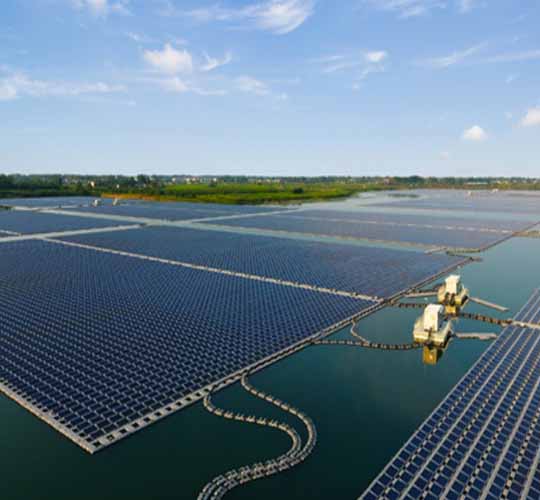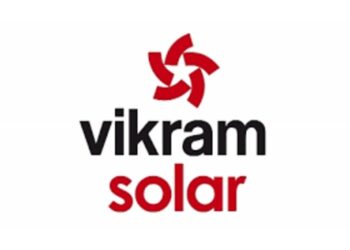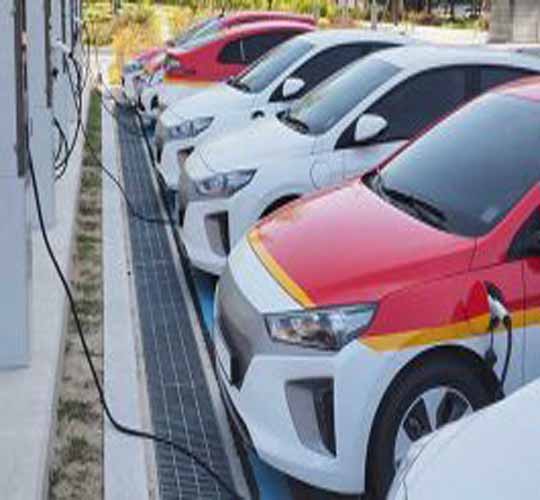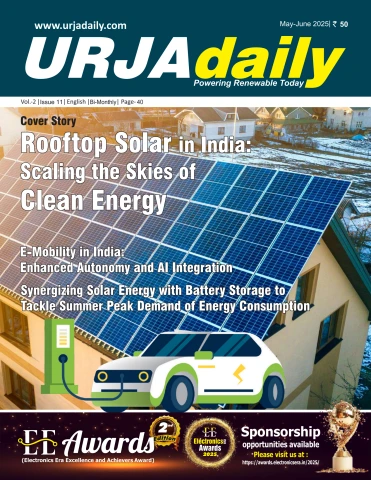A hybrid system combining floating solar and hydropower projects may have the potential to generate a significant amount of clean energy annually.
According to a research report by the National Renewable Energy Laboratory (NREL), the addition of floating solar projects on the top of water bodies, which already have hydropower stations, can annually generate around 7.6 TW of clean energy from the solar photovoltaic systems alone. For comparison, the global final electricity consumption was just over 22,300 TWh in 2018, the most recent year for which statistics are available.
The report finds that the collaboration of floating solar project with hydropower project has several benefits. A hybrid system can reduce the transmission cost by connecting both systems to a common substation, and both systems can balance each other too. A hybrid system equipped with a pumped-storage hydropower project can also store surplus solar energy generated by floating solar panels.
The researchers estimated that the floating solar projects could be installed on the top of existing hydropower facilities at 379,068 freshwater reservoirs worldwide. However, additional data is required before implementation, as several reservoirs may be dry during parts of the year.
The researchers stated that floating solar projects are still in the early stages of development in the United States. However, they are popular overseas due to the shortage of space for ground-mounted projects. Previously, researchers from NREL evaluated that the installation of floating solar projects on human-made reservoirs could produce around 10% of the nation’s annual electricity generation capacity.
“This does not represent what could be economically feasible or what the markets could actually support. Rather, it is an upper-bound estimate of feasible resources that considers waterbody constraints and generation system performance,” said Nathan Lee, Researcher with NREL’s Integrated Decision Support group and lead author of the research report.
In India, floating solar projects have immense potential, and in recent years, there has been an increasing number of tenders for such projects. It is particularly useful in hilly states and other areas where the availability of land suitable for large-scale project development is an issue.













